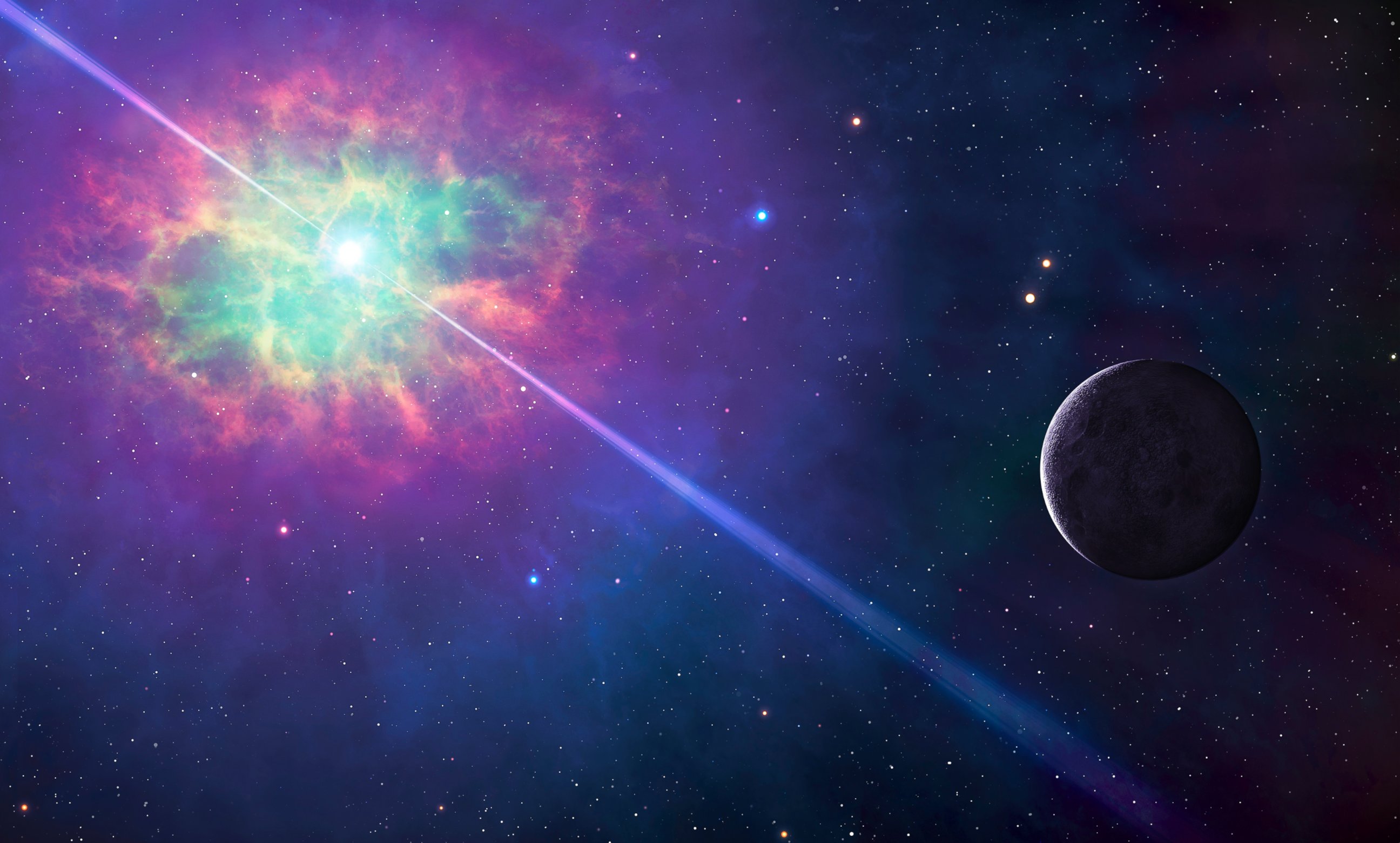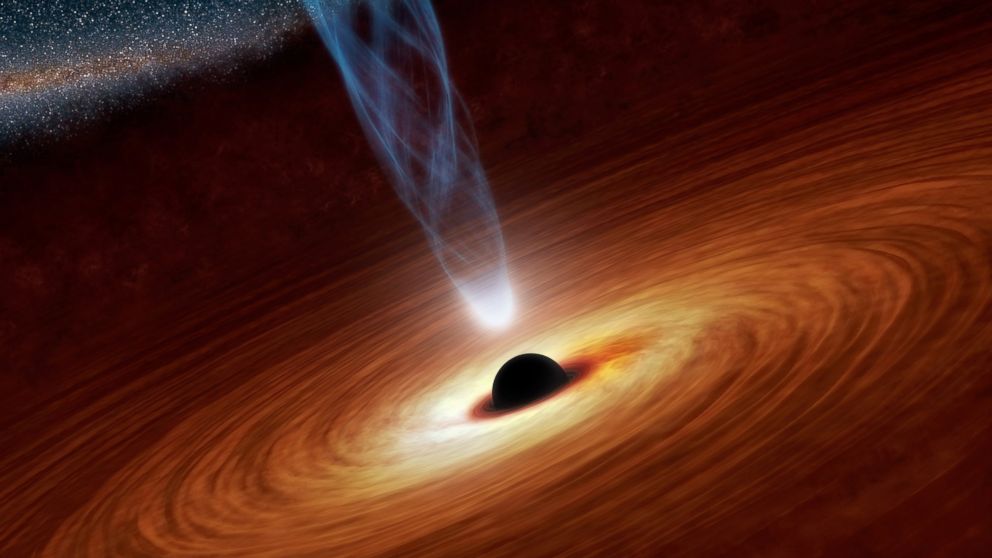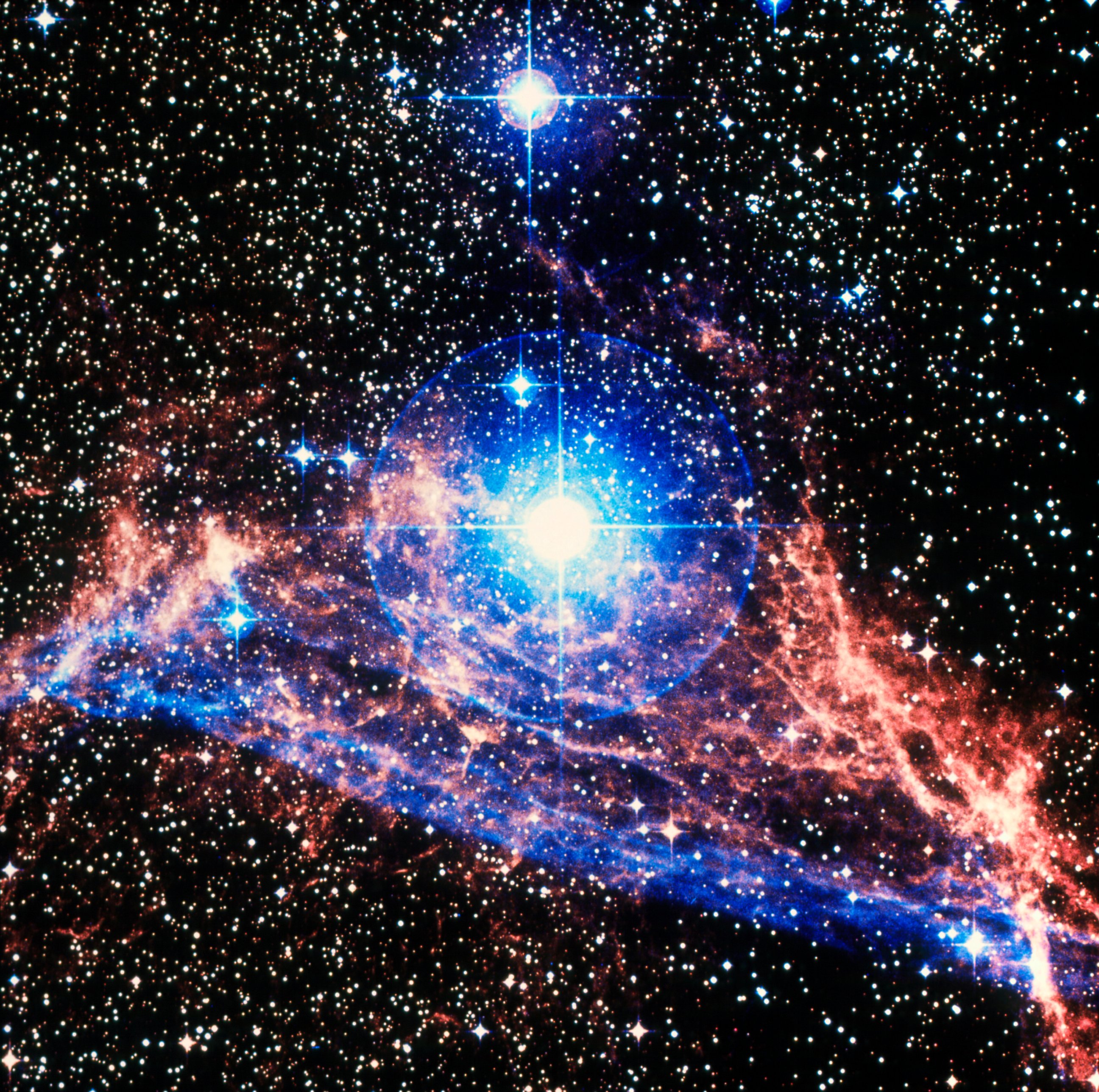NASA Has a New Mission to Study Supermassive Black Holes
The agency will embark on a mission to explore supermassive black holes in 2018.
— -- NASA has selected a science mission to explore supermassive black holes, neutron stars and pulsars in an effort to better understand some of the more mysterious phenomenon of our universe.
Few elements of space exploration capture the human imagination quite like supermassive black holes, which are the largest of all the black holes, and are found at the center of nearly every known galaxy.

The mission, which is expected to launch in December of 2020 and will cost $188 million, will send three telescopes equipped with cameras in an effort to monitor the powerful cosmic X-rays emitted from objects with extreme gravitational, electric, and magnetic fields, according to a press release.

The $188 million price tag includes the cost of the launch vehicle, post-launch operations and data analysis, NASA said.
"This particular experiment will measure the polarization of the X-rays being emitted from near the black hole as a function of energy," Martin Weisskopf, Principal Investigator for NASA’s Imaging X-ray Polarimetry Explorer mission told ABC News in an email. "This is done by pointing the telescopes towards the target and focusing the X-rays onto polarization sensitive detectors."

Weisskopf also told ABC News that there is no specific end date for the mission, and that he hopes it will conduct work "for many years" to come.
The mission will "allow scientists to answer fundamental questions about these turbulent and extreme environments where gravitational, electric and magnetic fields are at their limits," the NASA press release said.
Paul Hertz, astrophysics division director for the Science Mission Directorate at NASA Headquarters in Washington, said in the press release that the subjects the mission will investigate are "enigmatic objects."

Neutron stars, which are thought to be caused by supernova explosions, are dense stars packed with neutrons. Pulsars are types of neutron stars that emit beams of electromagnetic radiation.
Supermassive black holes, neutron stars and pulsars are among the more visually jaw-dropping phenomenon in space and produce fields of streaming color in the midst of otherwise desolate-looking black space.
The mission is expected to produce some must-see imagery, as well as answers to long-held questions.




